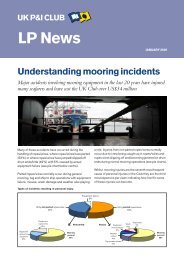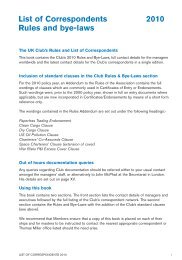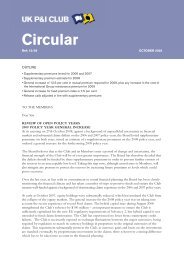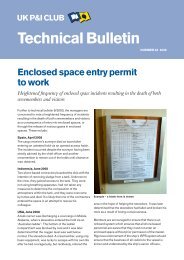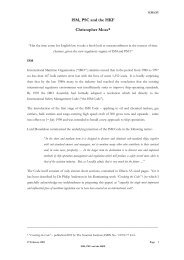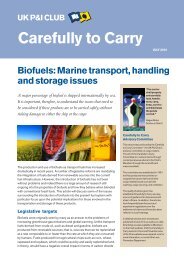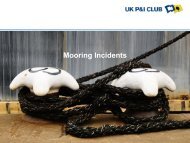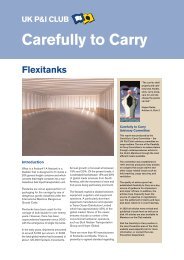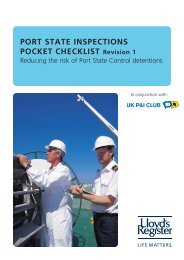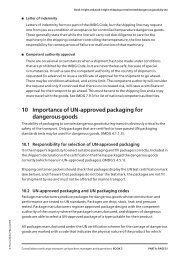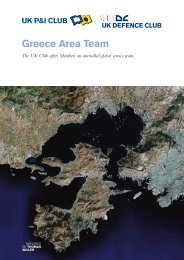Bulk Matters - UK P&I
Bulk Matters - UK P&I
Bulk Matters - UK P&I
You also want an ePaper? Increase the reach of your titles
YUMPU automatically turns print PDFs into web optimized ePapers that Google loves.
Scupper plug fitted<br />
after clearing the port of discharge, mindful of pollution<br />
from the cargo remains.<br />
Prior to the commencement of the hold-cleaning, a<br />
quick safety pre-brief meeting should take place, which<br />
should include all the personnel who will be involved in<br />
the hold cleaning. During the pre-brief the hold-cleaning<br />
schedule should be discussed and the equipment and<br />
chemicals to be used must be fully explained and the<br />
safety data sheets understood by all involved. Basic<br />
safety routines should be established and the wearing<br />
of suitable attire throughout the hold cleaning must be<br />
of paramount importance.<br />
It is essential that permission is given by the port<br />
authority for this washing operation.<br />
Coaming/trackway covered in fertiliser; below, ship’s main deck<br />
covered by previous cargo<br />
Under normal circumstances, when it rains during<br />
cargo operations, discoloured water from the decks will<br />
flow into the dock and this is normally accepted by the<br />
port authority. The washing of cargo debris into the<br />
dock is not acceptable.<br />
In some loading ports, where helicopter operations are<br />
used for embarking and disembarking the pilot, it is a<br />
normal requirement of the port to wash down the<br />
helicopter area and at least one hatch length either side<br />
of the helicopter area, always ensuring that cargo<br />
debris is not washed into the dock.<br />
Preparation at sea<br />
To prevent cargo debris from the main deck being<br />
walked into the accommodation and tramped into<br />
freshly washed cargo holds, wash down the main<br />
decks and accommodation block as soon as possible<br />
Hold suction arrangement and filter<br />
The wearing of oilskins, safety shoes/safety seaboots,<br />
eye protection, hand protection and safety helmets<br />
complete with a chin strap, should be made mandatory<br />
during the hold cleaning process. The wearing of high<br />
visibility waistcoats will help to improve safety in the<br />
hold. The ‘permit to work’ should be completed on a<br />
daily basis, as this will help reduce the risk of accidents.<br />
Hold cleaning<br />
Prior to high pressure hold washing, excess cargo<br />
residue on the tank top should be removed by hand<br />
sweeping and lifted out of the holds via the use of a<br />
portable mucking winch. As explained earlier, a good<br />
working relationship with the stevedores at the<br />
discharge port may help to expedite this operation.<br />
6




